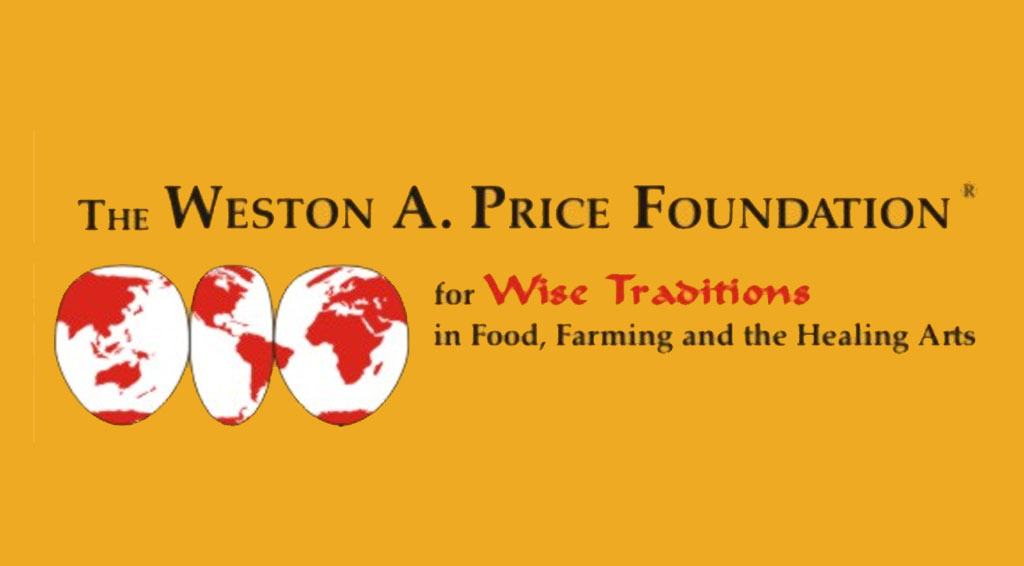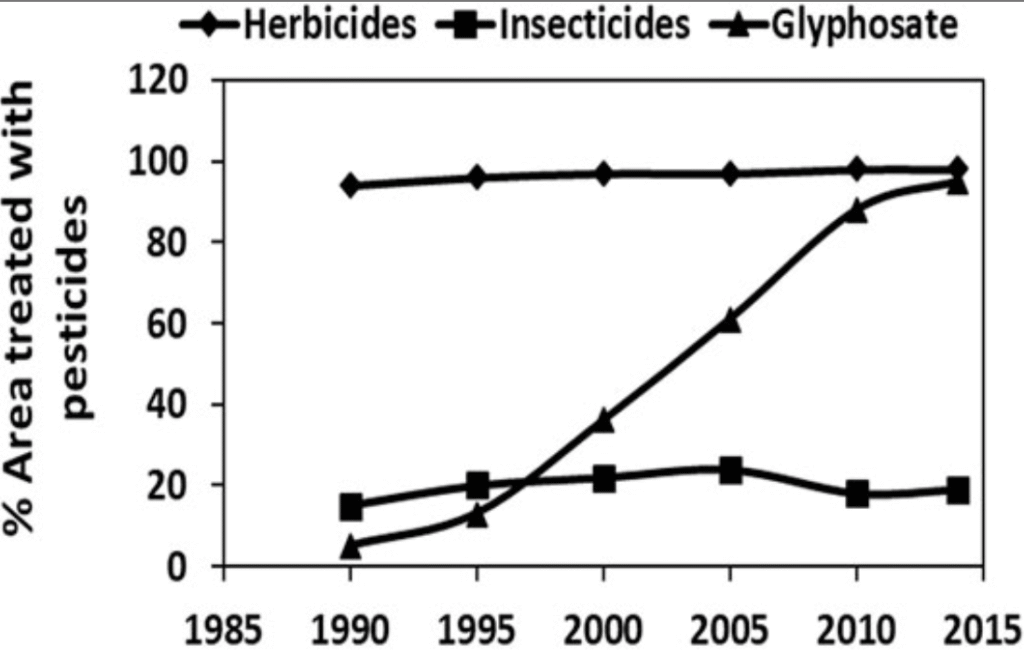They say the label is the law. But what if the label is a lie?
Section 453 of the House FY2026 Interior-Environment Appropriations Bill doesn’t just limit EPA discretion. It hands pesticide manufacturers a bulletproof defense against lawsuits—even when their products cause cancer, Parkinson’s, infertility, or death.
Under the Federal Insecticide, Fungicide, and Rodenticide Act (FIFRA), EPA-approved pesticide labels carry legal weight. That’s what courts use to determine if a company failed to warn consumers. But here’s what they don’t tell you:
“The EPA only requires toxicity testing on the declared ‘active’ ingredient,” says Dr. Alexandra Muñoz, PhD, a molecular toxicologist. “The other 93% of the formula can include surfactants, solvents, petroleum byproducts—even known endocrine disruptors—without ever being disclosed to the public.”
This means companies like Bayer and Syngenta submit only the data they choose—on ingredients they define—and the EPA signs off without ever testing the full chemical cocktail that ends up in our soil, food, and water.
That label? It’s not a scientific document. It’s a liability shield.
And now, Section 453 would make it untouchable.

Rigging the Science
Here’s how the system works:
- Manufacturers define what the “active ingredient” is.
- They test that one chemical—in isolation—under lab conditions.
- They submit those results to the EPA.
- EPA reviewers rarely, if ever, demand testing of the full formulation.
- The label is approved.
“Even if you had the list of all the ingredients, you still might not be able to say how toxic it is… You would need to do experiments with that exact formulation…” says Dr. Muñoz.
Meanwhile, hundreds of scientific studies have shown that so-called “inert ingredients” can dramatically amplify toxicity.
- A 2014 study in BioMed Research International found that Roundup’s formulated product was up to 1,000x more toxic than glyphosate alone.
- Surfactants like POEA (polyethoxylated tallowamine), commonly found in herbicides, have been linked to endocrine disruption, liver toxicity, and cell death.

https://link.springer.com/article/10.1007/s00204-025-04076-2
But the public never sees those ingredients. They’re considered “trade secrets.”

Section 453 Freezes the Fraud
If Section 453 becomes law, it would block federal agencies from updating pesticide labels unless those updates align with the EPA’s original assessments.

In effect, it prevents:
- New science from being added to the label
- States from mandating stricter warnings
- Farmers or consumers from suing over injuries not mentioned on the label
“It’s freezing all these labels in place with old information,” Muñoz warns, “you can’t request a label update because it’s going to have information that conflicts with what the EPA currently thinks.”
A legal analysis by Beyond Pesticides confirms this interpretation:
“Section 453 would prevent states from enforcing stronger warnings and would block any lawsuits that allege failure to warn—even if new science shows harm.”
In other words, if it’s not on the label—and the label can’t be changed—you have no case.
That’s not regulation. That’s legalized fraud.
No Warning, No Recourse
If passed, Section 453 would:
- Shield chemical giants from thousands of active lawsuits
- Block future plaintiffs from suing over cancer, birth defects, infertility, or neurological damage
- Cement the EPA’s outdated assessments as legal truth, no matter the real-world harm
Meanwhile, over 125,000 lawsuits have already been filed against Bayer over glyphosate—with billions in payouts for non-Hodgkin lymphoma victims. And those are just the ones that slipped through the cracks before this rider.
“But when all the data for those assessments has been submitted by companies known to falsify their data,” Muñoz says, “it’s not going to cover the information to keep people safe.”
The Ask
Section 453 is currently part of the House Appropriations Committee bill. It passed by voice vote — no names, no roll call, no accountability.
The Senate version does not include the provision.
That means there’s still time.
Demand your House rep vote to strip Section 453 from the final bill. And back legislation like S.2324, the Pesticide Injury Accountability Act, which restores the right to sue when the label lies.
Because if the label can’t be trusted—the law can’t either.
Find a full list of reps and their X handles here.
Want real transparency? Find Rancher Direct Certified℠ beef near you at BeefMaps.com.



0 Comments